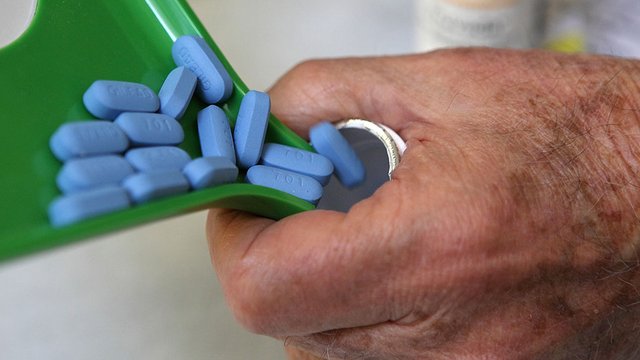Editor’s Note: This blog post first appeared on the Health Affairs Blog.
The conundrum of hepatitis C is well known. The virus kills more than 20,000 Americans each year, more, according to Centers for Disease Control and Prevention, than the other 60 infectious causes of death combined. A cure is in hand, but is out of reach for many because it costs tens of thousands of dollars per patient. The problem is most acute in state Medicaid programs and prisons, where 700,000 people need treatment but only 20,000 a year will get it. The price controls some have asked for would make treatment affordable, but would also be likely to chill innovation in pharmaceutical companies, the very innovation that benefits society by producing such remarkable drugs.
A recent consensus committee of the National Academies of Sciences, Engineering, and Medicine proposed a novel strategy to improve access to hepatitis C medicines. Their report recommends that the firms producing the hepatitis C treatments compete to license their patent to the federal government for use in neglected patients, such as Medicaid beneficiaries and prisoners. Such a deal would protect the innovator companies’ market share in the lucrative private markets, while allowing the government to save billions of taxpayer dollars and reach more poor patients.
How Would The Deal Work?
Every year roughly 20,000 Medicaid beneficiaries receive hepatitis C treatment. After the mandatory Medicaid discount, these medicines cost about $40,000 per patient. Thus, under the status quo over the next 12 years about 240,000 Medicaid patients will receive treatment, generating roughly $10 billion in revenues for manufacturers. Since these revenues are earned over a 12 year period their worth in today’s dollars is roughly $6.5 billion. Pharmaceutical firms should be indifferent between being paid $6.5 billion today rather than $10 billion over a 12-year period.
Currently there are five pharmaceutical firms competing to provide hepatitis C treatment to patients. So the $6.5 billion in projected revenue in the Medicaid market would be split among these competitors, each expecting to earn about $ 1.3 billion. Therefore, if the government offered a deal to any one of the five firms to license their patent for Medicaid patients for $2 billion, they should jump at the offer. If the firm accepts the offer, they expect to gain $1 billion relative to the status quo. If they decline and one of their competitors accepts the offer, then they stand to lose all their Medicaid revenue as they would have to compete against a much cheaper generic.
From a fiscal and financial perspective, both taxpayers and drug companies benefit. Under the status quo, taxpayers would foot the entire $10 billion bill for hepatitis treatment through state and federal taxes. With the deal, taxpayers only pay $2 billion to license the patent. Estimates of the production costs of these drugs suggest that the government would need another estimated $140 million for supplying the licensed product to about 700,000 patients. The overall savings to the government from this deal are in the billions of dollars.
From a public health perspective, nearly half a million more patients will receive curative treatment, dramatically lowering the death toll from the disease. Increase in access to curative treatment will also forestall the spread of hepatitis by reducing the number of new infections. Overall this deal, combined with other measures, can help eliminate the scourge of hepatitis C.
The deal achieves the dual goal of reducing costs and improving access to treatment while preserving incentives for innovation. It involves a voluntary transaction between a patent holder and the federal government, at a price agreeable to both parties. The voluntary nature of the process guarantees the drug company reasonable compensation — the patent holder always has the option to walk away from the transaction if the price is not right. In addition, the deal is limited to the least lucrative market segments in the United States, markets these companies are not reaching otherwise due to serious budget constraints at most Medicaid programs and in prisons.
The deal is a win-win-win situation for patients, taxpayers, and pharmaceutical companies.
